אלפרד סיסלי(1839-1899)
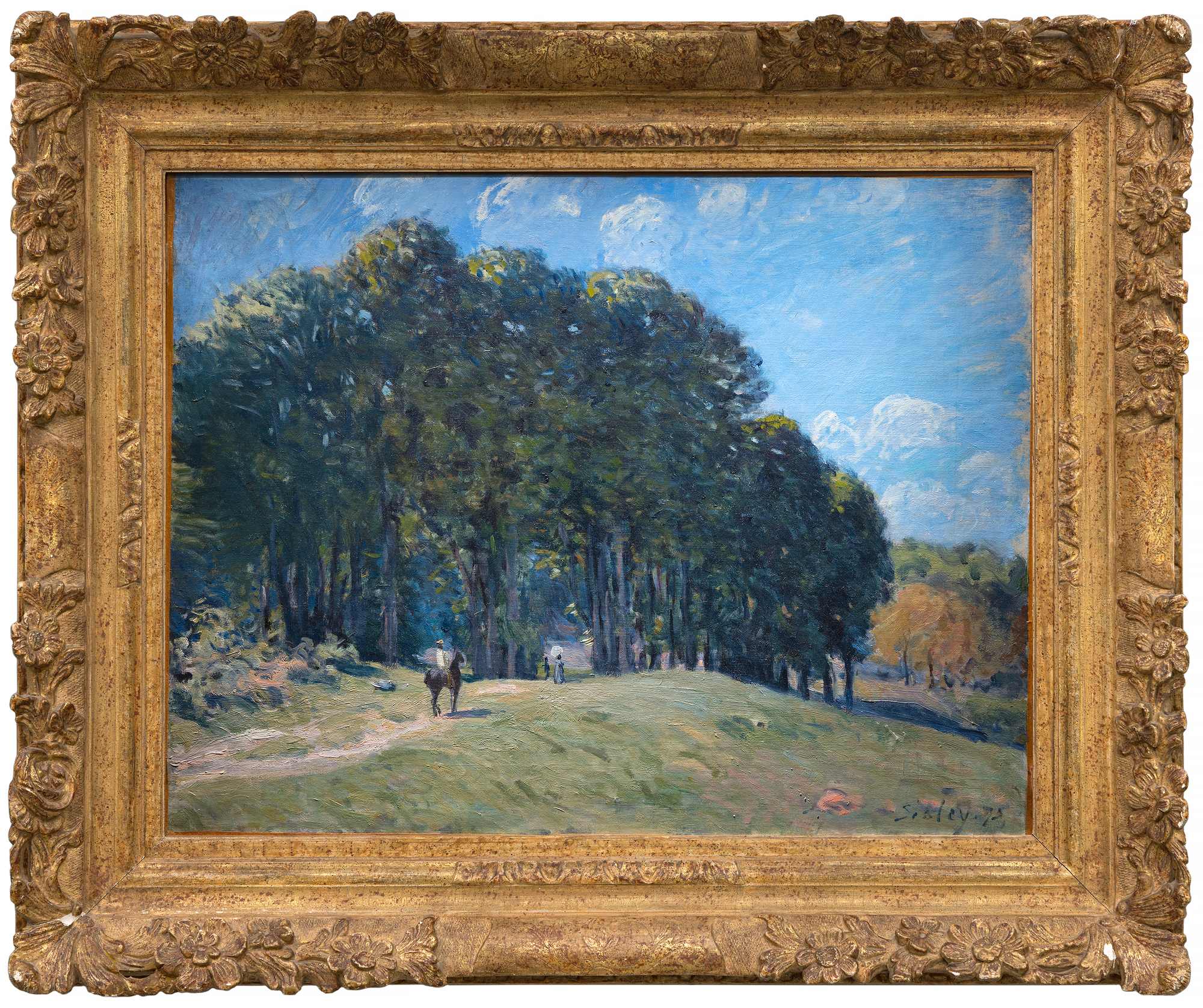
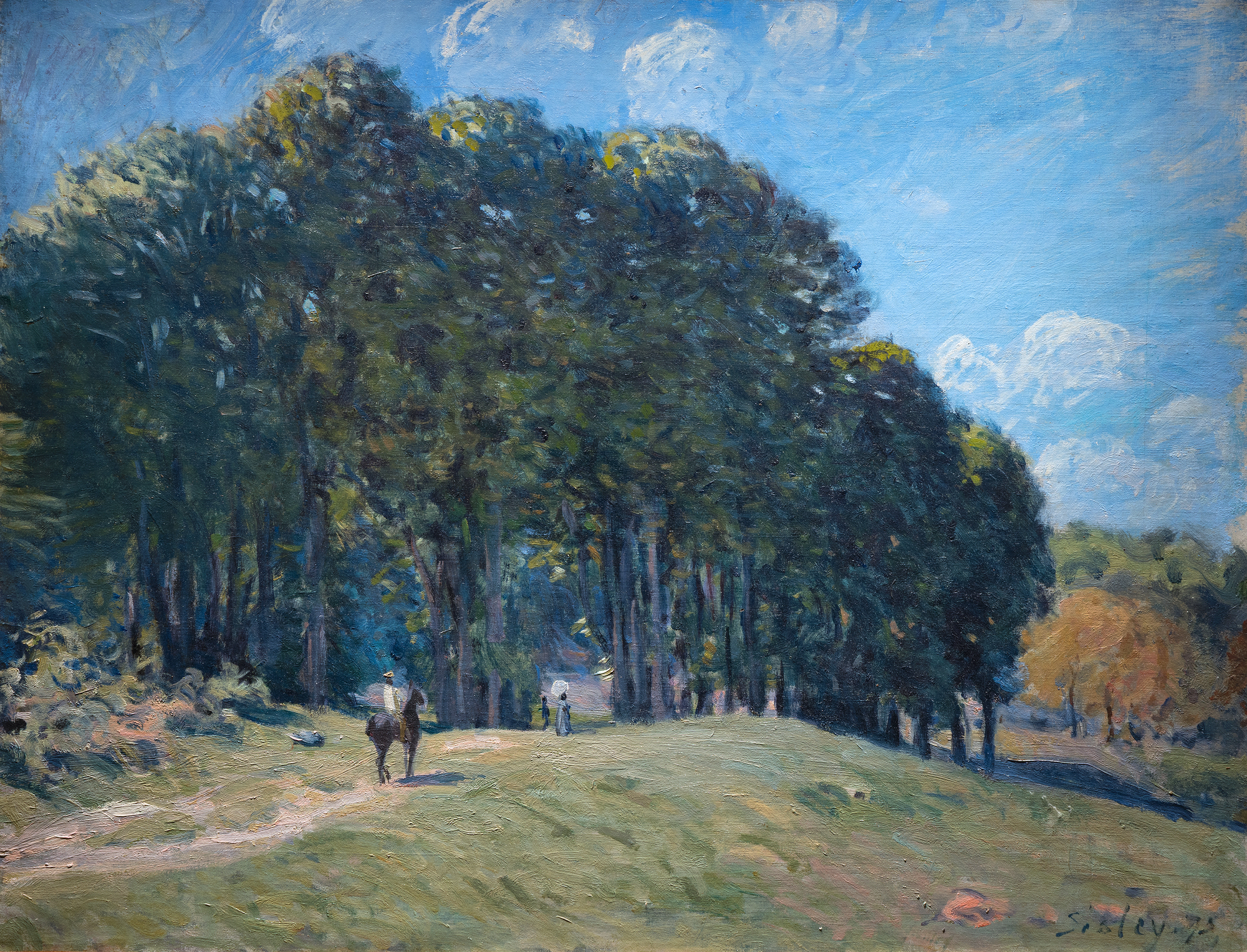
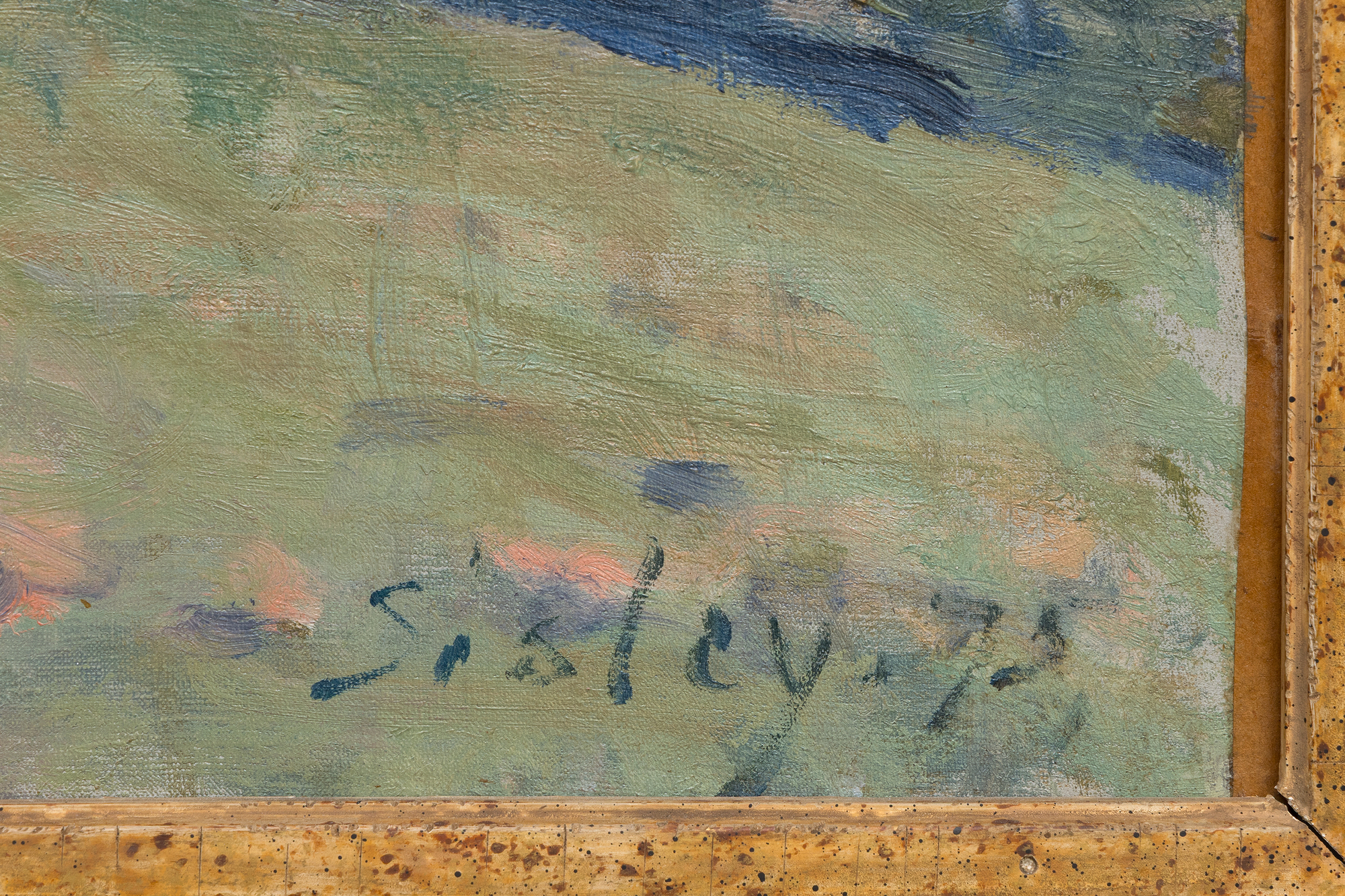

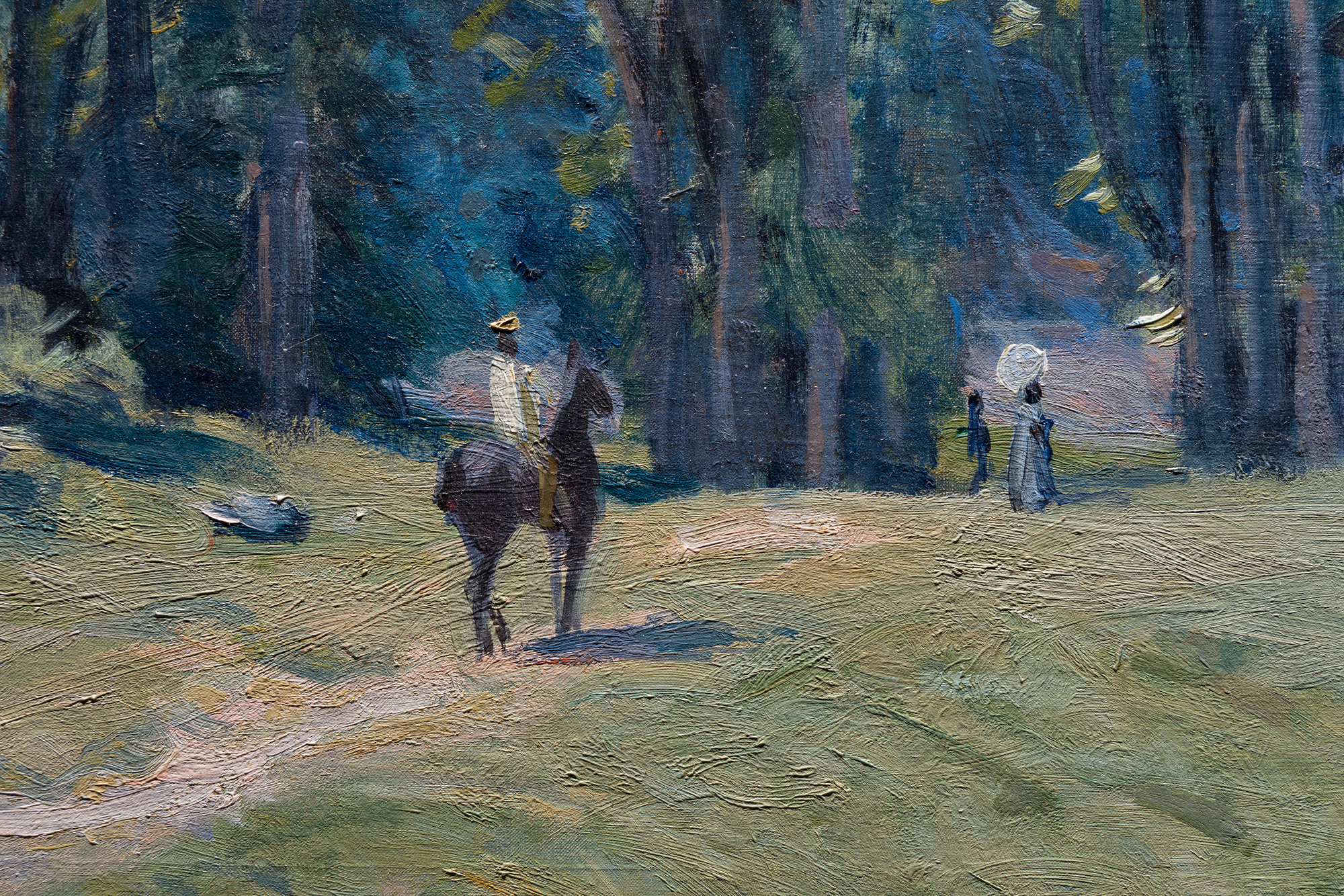
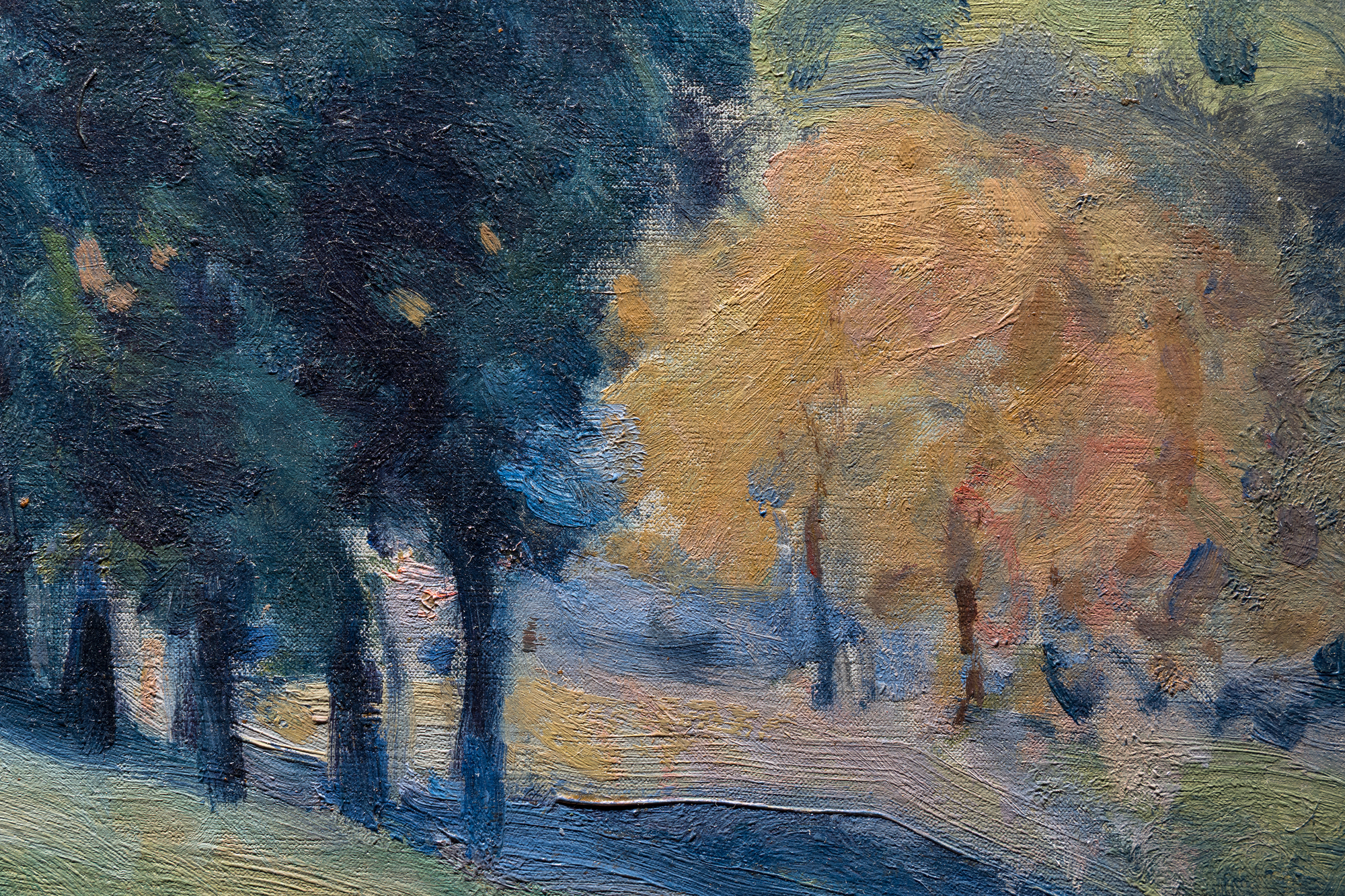
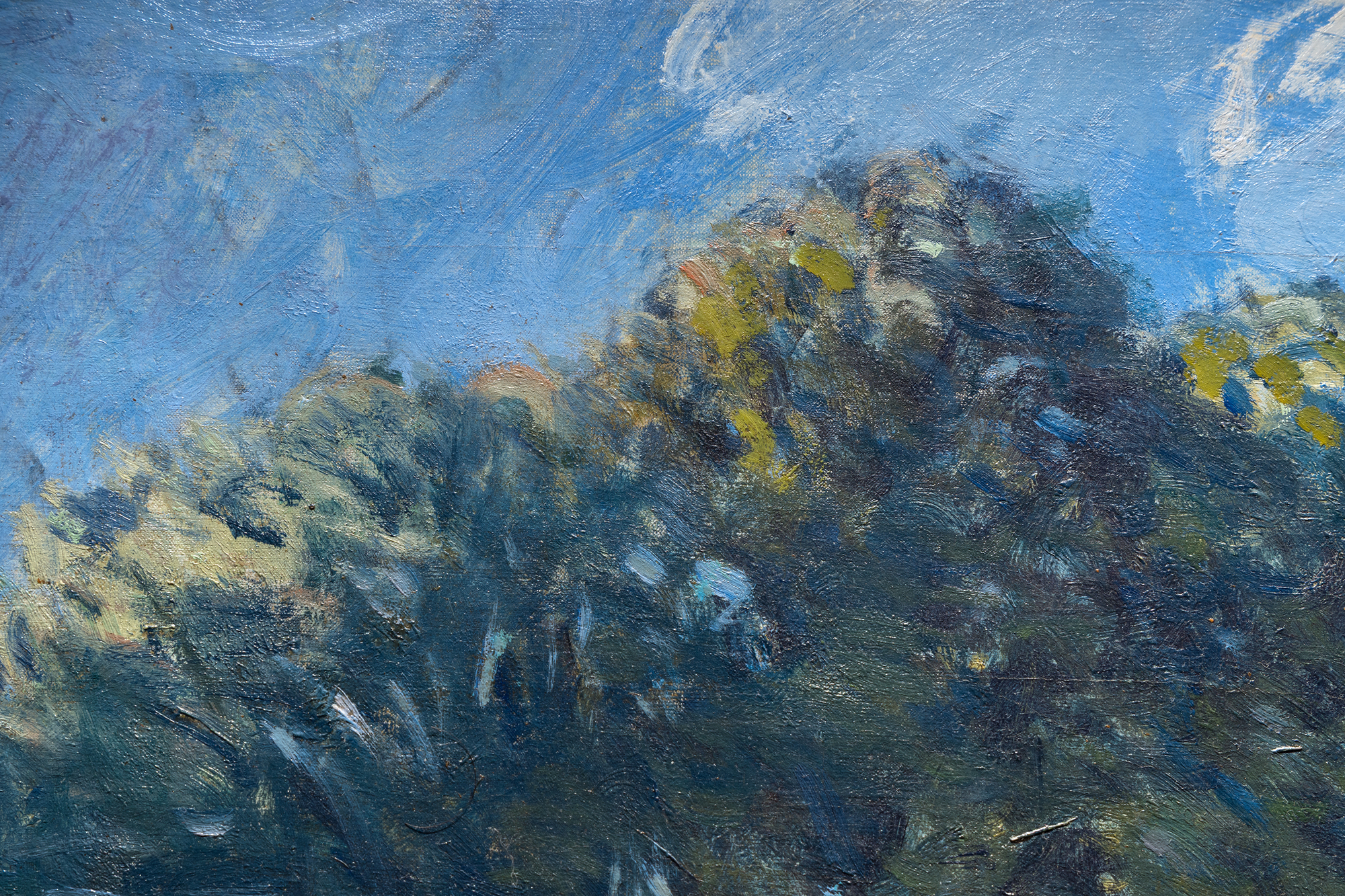
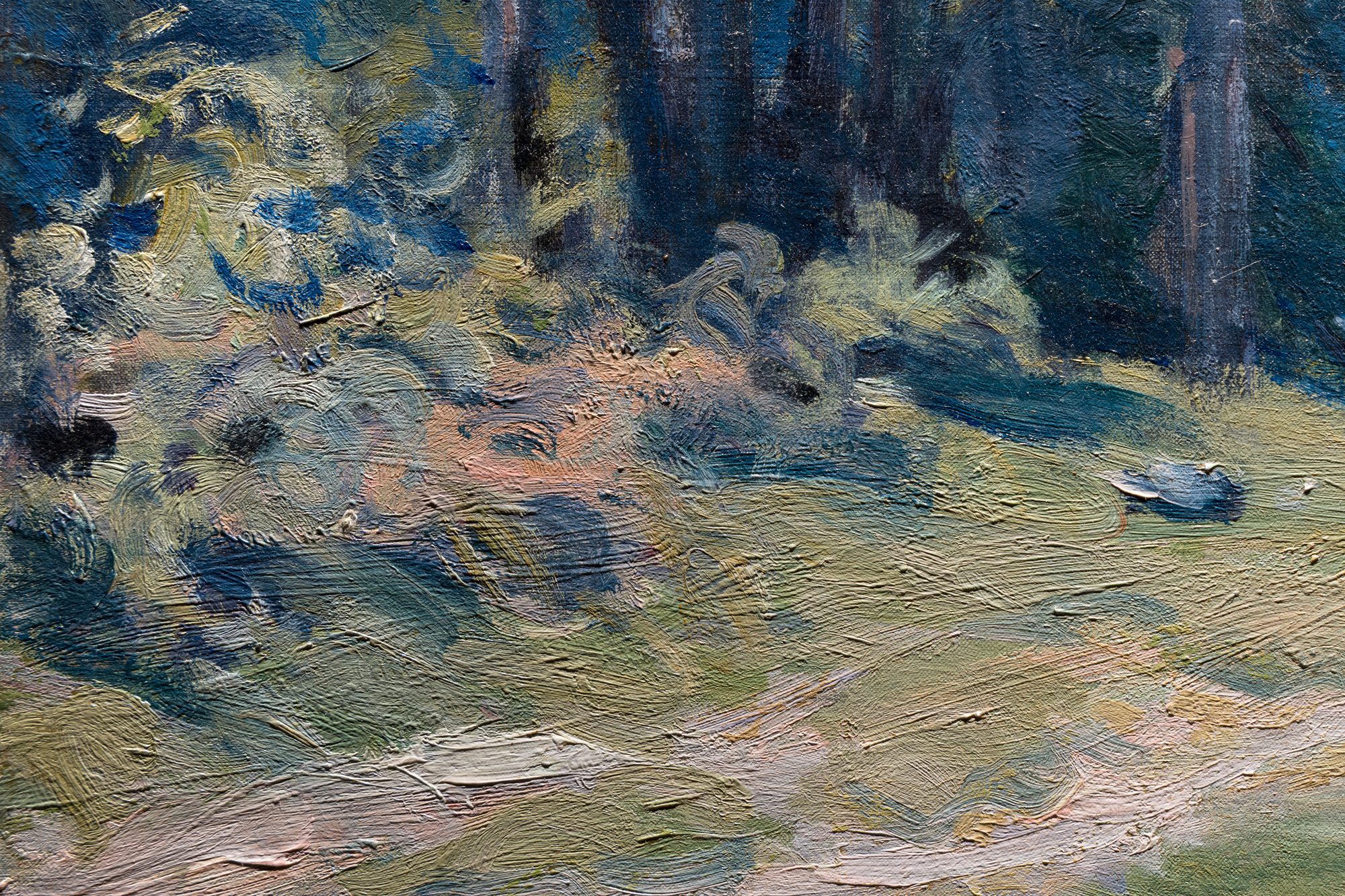
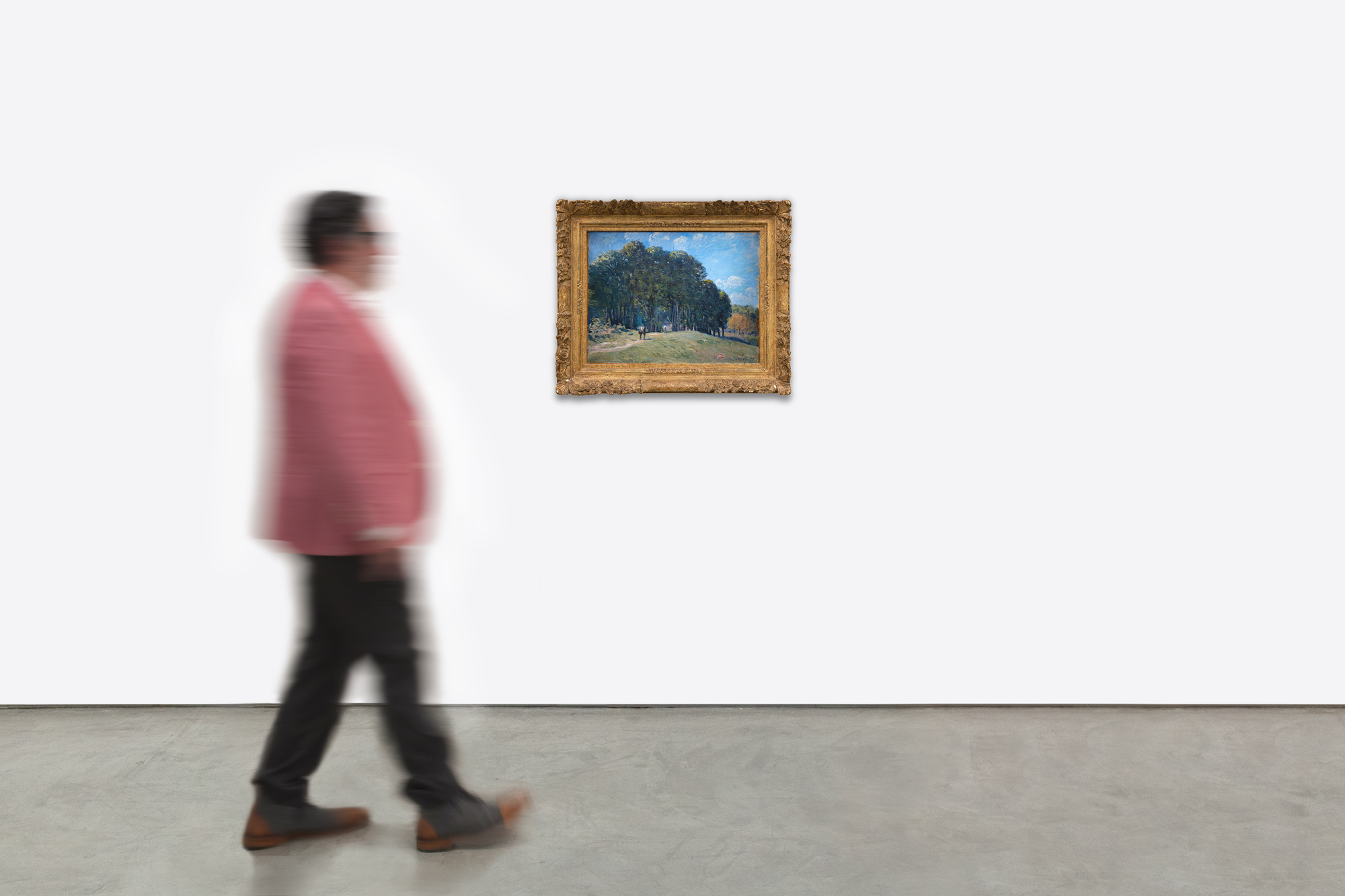
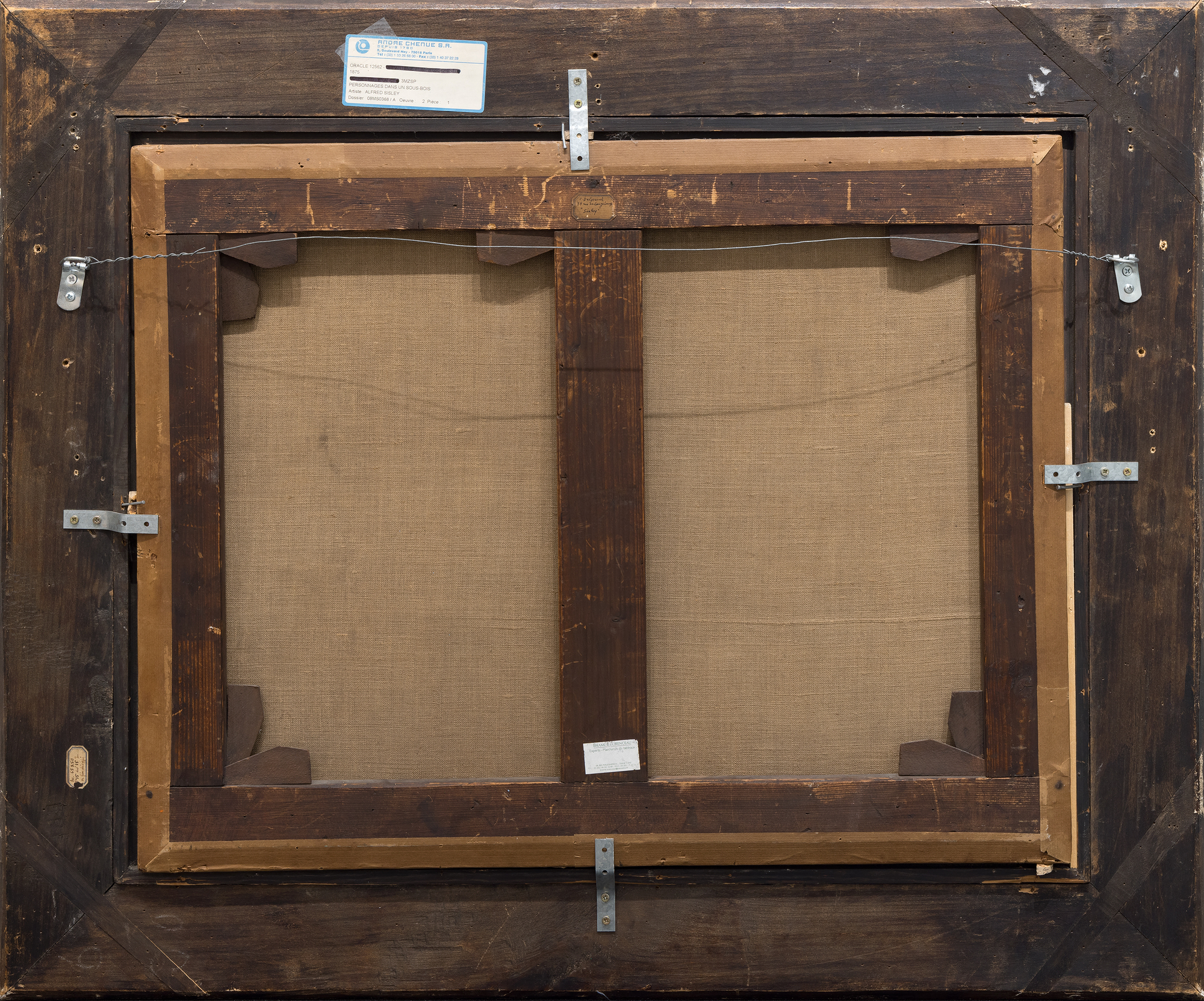
מקור ומקור
דובורג, פריזHôtel Drouot, פריז, 24 בנובמבר 1903, מס. 27
ז'אק בלסאן, פריז
אוסף פרטי, צרפת, שנות ה-50
אוסף פרטי, מירידה מלמעלה
אוסף פרטי, פלורידה
ספרות
Sylvie Brame & François Lorenceau, Alfred Sisley - Catalogue raisonné des peintures et des pastels, פריז, 2021, מס'. 196, עמ'. 104מחיר 1,900,000
מעברו של סיסלי למארלי-לה-רואה, מונע מאהבה לירק והצורך לפרנס את משפחתו הצעירה על רקע קשיים כלכליים לאחר מלחמת צרפת-פרוסיה, עיצבו את היצירה הזו. הציור, שצויר לאחר המכירות המאכזבות של התערוכה האימפרסיוניסטית משנת 1874, משקף חוסן. האור המפוזר והקומפוזיציה הגיאומטרית - שביל ועצים המעגנים שמיים עצומים - מעוררים את הערפל העדין של האזור. קמיל פיסארו, עמית קרוב, שיבח את סיסלי כ"אמן גדול ויפהפה, לדעתי הוא אמן שווה ערך לגדולים" (פיסארו, מצוטט אצל C. Lloyd, 'Alfred Sisley and the Purity of Vision', עמ' 5-33, M. Stevens (עורך), Alfred Sisley, exh. cat., New Haven and London, 1992, עמ' 8). קטלוג Brame and Lorenceau משנת 2021 מציין כי 360 מתוך 1,013 ציורי השמן של סיסלי נמצאים במוזיאונים, ומאשרים את מורשתו.
יצירה תמציתית אך מעוררת השראה זו מציעה לאספנים הצצה נדירה למיומנותה של סיסלי, המשלבת את יופיו של הטבע עם חדשנות אימפרסיוניסטית.


